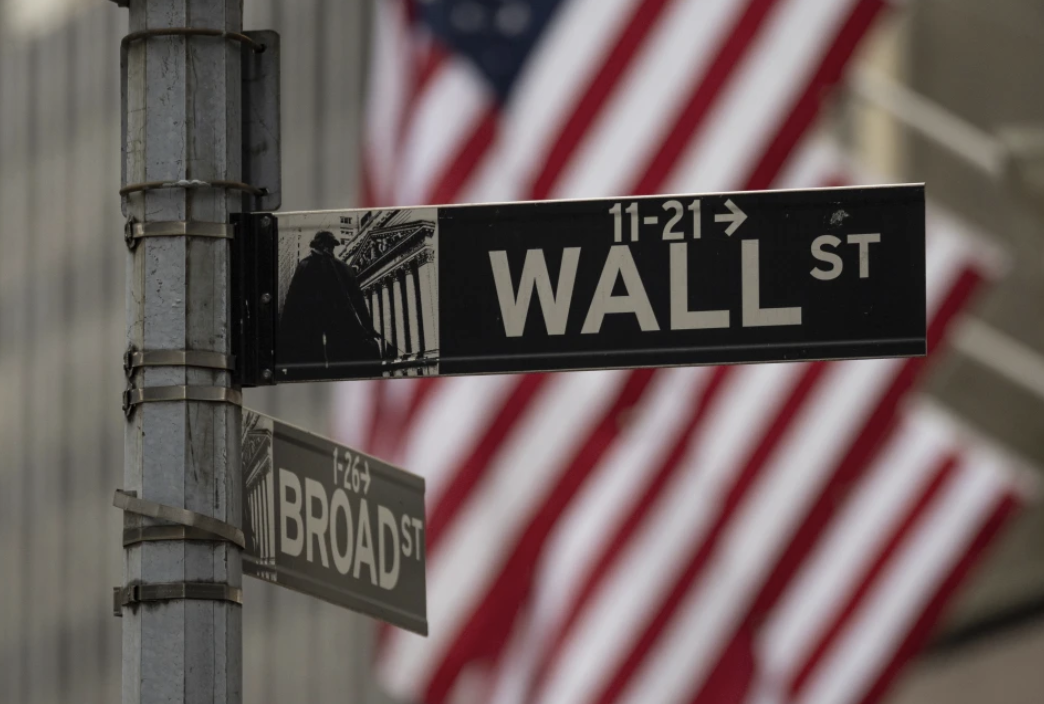The global financial landscape is buzzing with tension as currencies, commodities, and metals react to trade uncertainties and shifting economic policies. On July 7, 2025, the British pound wavered, oil prices stumbled, and gold faced pressure from a steady U.S. dollar. This article dives into the numbers, dissects the trends, and unpacks what’s driving these markets, offering a clear-eyed look at the forces shaping the global economy.
Pound’s Rollercoaster Ride Amid Tariff Fears
The British pound slipped 0.3% against the U.S. dollar on July 7, settling at $1.3601, while holding steady against the euro at €1.1585. This dip followed a turbulent week where the pound shed 0.5% overall, rattled by uncertainties over U.S. tariff policies under President Donald Trump. Investors are on edge, with 68% of surveyed forex traders anticipating further sterling volatility in Q3 2025, according to a Bloomberg poll. The U.K.’s fiscal drama, including Labour Party U-turns on welfare reforms, hasn’t helped. Prime Minister Keir Starmer’s assurances that Chancellor Rachel Reeves will stay in her role until the next election briefly lifted the pound by 0.2% to $1.3670 on July 3, but tariff fears quickly erased those gains. With the U.S. Dollar Index (DXY) hovering at 97.19, up 1.2% year-to-date, the pound faces a tough road unless trade clarity emerges.
Oil’s Slippery Slope After OPEC+ Shock
Oil prices took a hit on July 7, with Brent crude falling 1.4% to $67.35 per barrel and West Texas Intermediate (WTI) dropping 1.6% to $65.45. The culprit? OPEC+’s unexpected decision to ramp up production by 550,000 barrels per day (bpd) in August, a move that spooked markets already jittery about oversupply. This increase pushes OPEC+ output to 41.7 million bpd, a 2.1% jump from July levels. Goldman Sachs analysts now forecast Brent dipping below $60 by Q4 2025, citing a global supply glut projected to hit 1.2 million bpd by year-end. Demand worries aren’t helping—global oil consumption growth slowed to 1.8% in Q2 2025, down from 2.3% in Q1, per the International Energy Agency. Geopolitical easing, like Iran’s commitment to nuclear non-proliferation, further softened prices by reducing fears of Middle East supply disruptions. With 73% of energy traders betting on sub-$65 Brent by September, per a Reuters survey, oil’s outlook remains bearish.
Gold’s Tug-of-War with the Dollar
Gold prices wavered, dipping 0.7% to $3,321.50 per ounce on July 7, as the U.S. dollar held firm. Despite this pullback, gold remains a standout performer, up 25.6% year-to-date and trading just $178.50 shy of its April peak of $3,500.05. The metal’s resilience stems from safe-haven demand, with 62% of institutional investors increasing gold allocations in Q2 2025, according to a UBS survey. Central banks are also stockpiling—global gold reserves grew by 290 tons in the first half of 2025, led by China and India. However, a stronger dollar, bolstered by higher interest rates, caps gold’s upside. The Federal Reserve’s decision to hold rates steady at 5.25–5.5% has 54% of analysts expecting no cuts before Q1 2026, per CME FedWatch data, which pressures non-yielding assets like gold. Still, Goldman Sachs projects gold hitting $3,700 by December, driven by persistent trade tensions and deficit spending fears.
Dollar’s Quiet Strength Underpins Market Moves
The U.S. dollar’s steady hand at 97.19 on the DXY index is a linchpin in these market shifts. Despite a 0.1% slip on July 3, the dollar has gained 1.2% in 2025, fueled by robust U.S. job growth—non-farm payrolls rose 147,000 in June, beating estimates by 12%. This strength curbs gold’s rally and keeps the pound in check. Yet, the dollar’s dominance isn’t unchallenged. Its 11% drop in H1 2025, the worst since 1973, reflects trade policy jitters. With 48% of global central banks planning to cut dollar reserve holdings by 2027, per a World Gold Council survey, the greenback’s long-term supremacy is under scrutiny. For now, its stability anchors markets, but cracks are showing.
What’s Next for Investors?
Markets are at a crossroads. The pound’s fate hinges on U.K. fiscal clarity and U.S. tariff outcomes, with a 60% chance of further sterling depreciation if no trade deal materializes by Q4, per JPMorgan. Oil faces a supply-driven slump unless demand rebounds—China’s industrial output, up just 4.8% in Q2, offers little hope. Gold, despite dollar headwinds, remains a hedge against chaos, with 70% of portfolio managers recommending a 5–10% allocation, per BlackRock. Investors should watch the Fed’s July 30 meeting and OPEC+’s August 3 summit for clues. Volatility is the only certainty, with 82% of traders expecting sharper price swings across all three assets, according to a Barclays poll. Buckle up.

